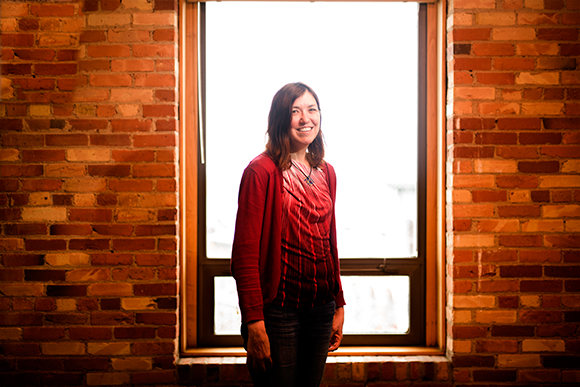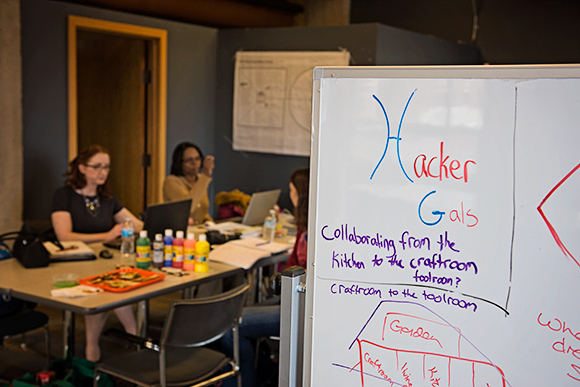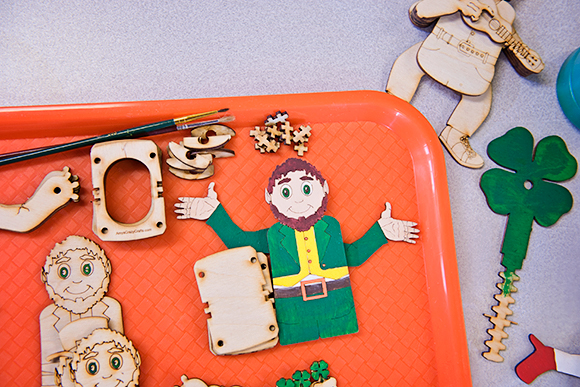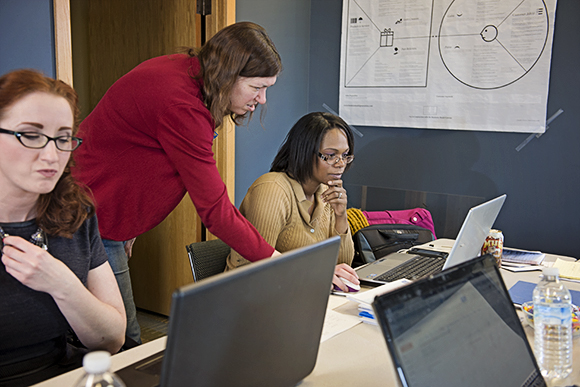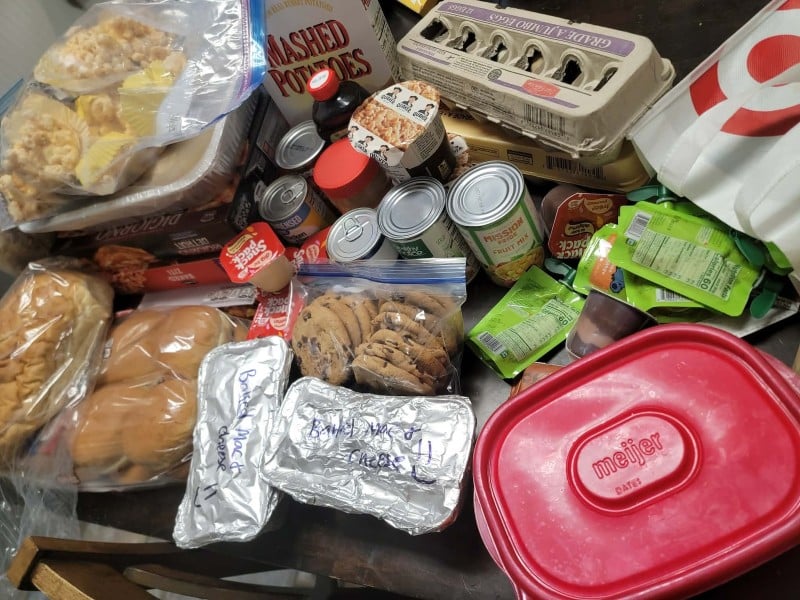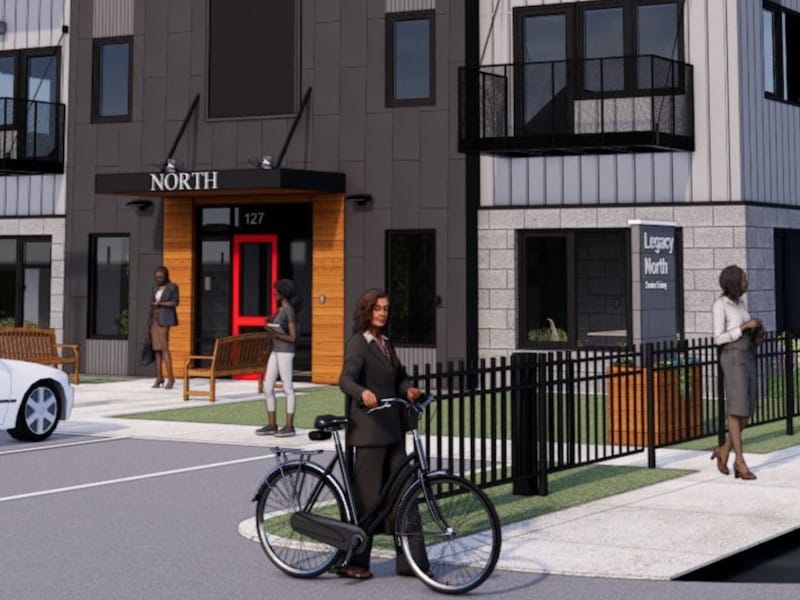Women get a place of their own to hack away
Creativity has a new home in Kalamazoo. It's the makerspace hosted by Hacker Gals. Founder Stacy Burdette talks with Jane Parikh about what they're up to.
On any given Tuesday or Thursday evening a group of women meet in a room inside the Haymarket Building in downtown Kalamazoo to bounce ideas off of one another while working on projects such as building a robot or a table.
They call themselves the Hacker Gals and they are part of a movement that began in 2007 with a handful of hackerspaces, the term for the physical space where these groups meet. There are now more than 900 existing or forming hackerspaces throughout the world. There is no central organization that guides these groups which are started by individuals seeking supportive communities where they can explore their creativity.
The founder of Hacker Gals, Stacy Burdette, says she came up with the idea while participating in a business accelerator program offered by Western Michigan University known as “Starting Gate.”
“The whole idea is that I wanted to empower women through having a community group with a social aspect to it,” Burdette says.
Having this dedicated space presents a unique opportunity to pull in resources and get advice.
“A lot of resources are scattered. There’s always someone who knows something you don’t and maybe you can learn something from that,” Burdette says. “Sometimes it’s more comfortable to talk to people when you’re part of a community.”
“Sometimes you just need the face-to-face interaction and putting the resources together. It’s important to me that we meet in person. I think it’s more personal that way.”
Burdette sought out the advice of a makerspaces group in Grand Rapids during the fall while trying to develop Hacker Gals. Makerspaces are similar to hackerspaces in that they also provide a community space for people to gather, but this is where the similarities end.
To describe them simply, makerspaces are community centers with tools. Makerspaces combine manufacturing equipment, community, and education for the purposes of enabling community members to design, prototype and create manufactured works that wouldn’t be possible to create with the resources available to individuals working alone.
These spaces can take the form of loosely organized individuals sharing space and tools, for-profit companies, non-profit corporations, organizations affiliated with or hosted within schools, universities or libraries, and more. They are united in the purpose of providing access to equipment, community, and education, and all are unique in exactly how they are arranged to fit the purposes of the community they serve.
Casey DuBois, co-founder of GR Makers, says his group grew out of a Linux users group that began meeting in August, 2011 at a storage barn in Jenison. In November, 2013 he started hosting meetings under the GR Makers banner with between eight and 15 people. By May the group had about 70 members and a short time later had a new 3,200-square-foot meeting space at 401 Hall Street.
Members are currently each paying $49 per month to have 24-hour access to the Hall Street space. Burdette says she is not yet charging a monthly membership fee.
“The makers movement helps a lot of people with an idea that they can take and turn into a business,” says DuBois, who works in Business Development for Mutually Human, a web development company in Grand Rapids.
The group is already spawning success stories.
Sergio Troiani, a 19-year-old business major at Grand Valley State University, has created an aluminum iPhone 5 case that won’t interrupt the phone’s reception.
“After I had the initial concept of it, I found out about GR Makers, and they helped me to get my first CAD drawing and offer some advice on how it could be manufactured,” says Troiani, 19. “There were a few gentlemen there with manufacturing backgrounds who says it would be extremely difficult to make or may not be worth the while, but others were encouraging and suggested I could find some manufacturers overseas that could do this.”
Troiani introduced his aluminum iPhone case on Kickstarter.com in mid-January and already has reached his goal of $25,000 to fund the first production run.
One of Troiani’s mentors was Gary Hammerlund, who during a gathering one Wednesday night was asking around for ideas on how to fabricate plastic precision parts for his Foam Buddy low-pressure spray system, designed for use by contractors to apply expandable foam insulation in buildings.
Hammerlund, a Grand Rapids native and one of the founders of the GR Makers space, has several orders in hand after showing it at some business functions. He was back at the makerspace looking for ways to do economical, low-volume production of a few parts that are custom-machined.
“A person can have a lifetime of experience in manufacturing and still not have the solution, so this sort of sharing is essential,” says Hammerlund, 59, who once helped develop proprietary processes at Grand Rapids-based Ranir Corp., which makes dental products such as toothbrushes.
Burdette says she thinks the hacker movement tends to be male-oriented with an emphasis on electronics and the heavy equipment that goes along with that. During her visits to Grand Rapids Makers Burdette says most of the women were working on projects such as painting or knitting while the men were working on building things.
Burdette says makers create and hackers modify. She has a vision of what she’d like to include in the space housing Hacker Gals.
“I want it to be more of a health-conscious atmosphere with a space for yoga and meditation and a kitchen,” Burdette says. “This is about empowering women with entrepreneurial skills. The ultimate goal is to make this a community where gals can thrive.”

